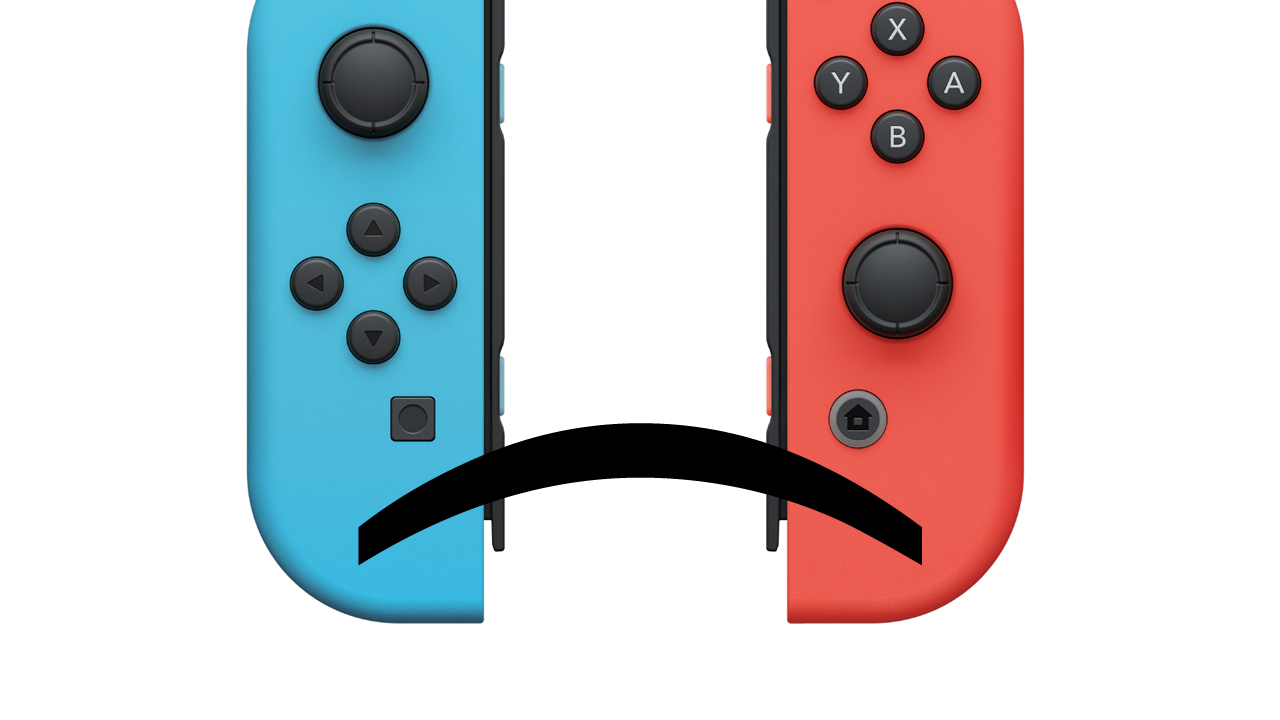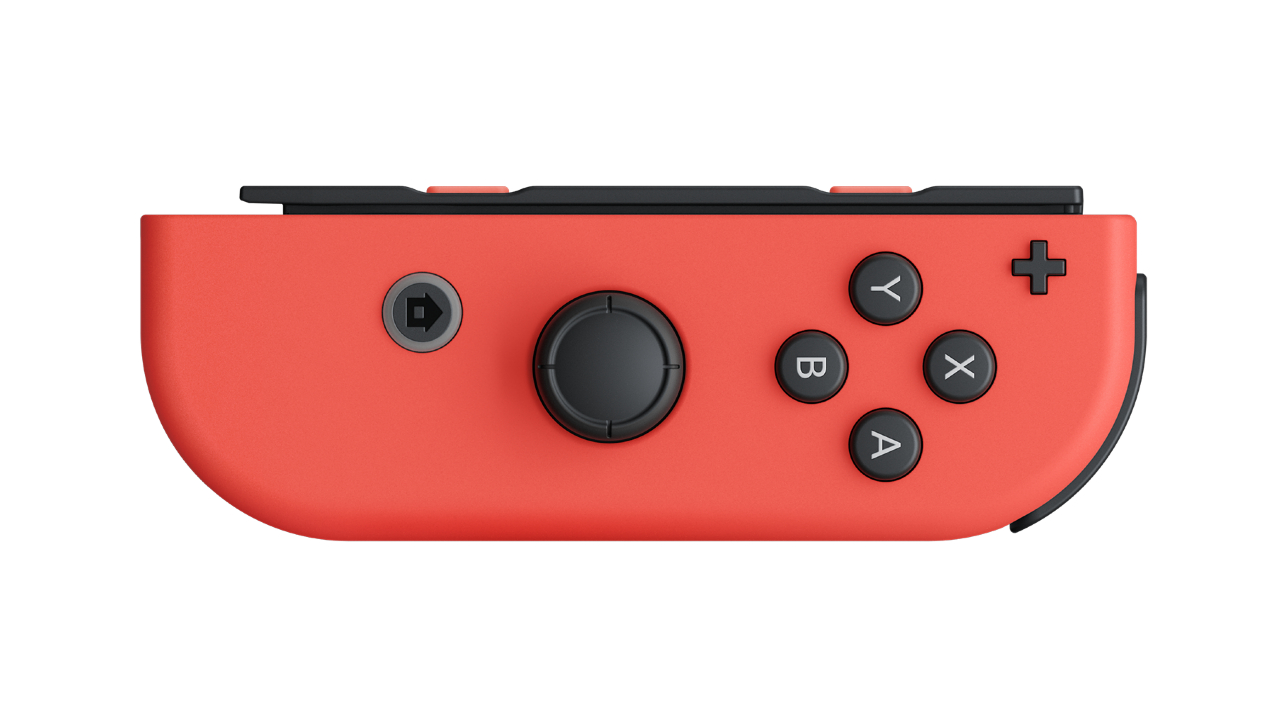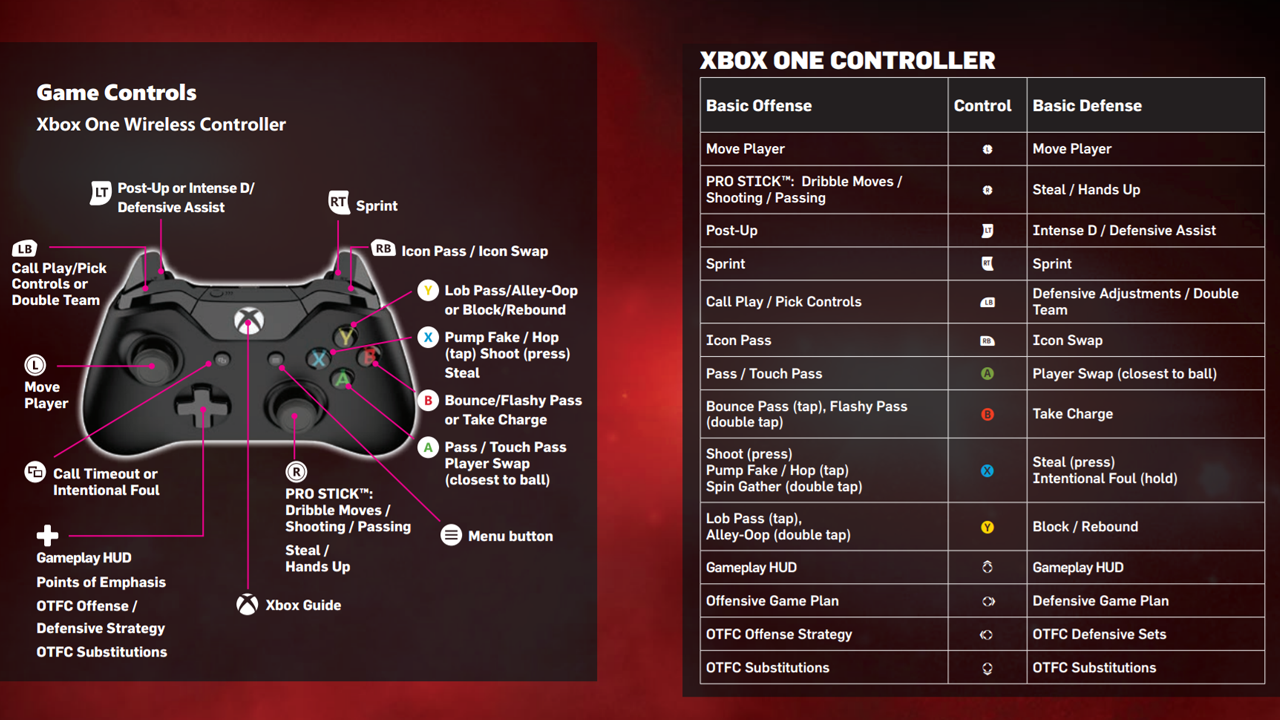The Joy-Con conundrum: who gets stuck with the crappy one?

I'm willing to bet that many of gamingkind's fondest multiplayer memories can be traced back to the Nintendo 64. With those four controller ports on the console's face brazenly staring back at you, it practically begged to be booted up for some joyous local multiplayer, be it split-screen action in games like GoldenEye and Mario Kart 64, or the same-screen antics of Super Smash Bros. and Mario Party. And when the Nintendo Switch was officially unveiled last October, with the prospect of a console you could take anywhere, built-in two-player thanks to the included Joy-Con controllers plus the ability to link up multiple systems, I envisioned a return to those good ol' days of Nintendo dominating classic co-op or competition from the couch. But now that we know more in the lead-up to the console's debut, Switch multiplayer feels more confusing than ever, and I'm thinking the controllers are to blame.
You're probably familiar with the plight of the third-party controller during local multiplayer sessions: an inevitably inferior pariah compared to the first-party build, and a punishment usually forced upon whoever lost the previous round. Maybe you'll be a controller martyr and take one for the team by making do with the lesser device, or simply grit your teeth and take up the shunned peripheral, with the knowledge that everyone else in the room can play comfortably using their preferred controller. Now imagine all that bitterness and negative energy, only wrapped into a controller that actually comes packed in with the system. For your consideration, may I present: the right Joy-Con.

Behold the joystick that sits awkwardly in the middle of the pad, forcing asymmetrical angles for your poor thumbs. The tilted button labels play tricks on your brain's familiarity with Nintendo's traditional layout; no longer can you tell someone to 'press A to join', as the only sensible notation can be up, down, left, and right buttons (especially considering the left Joy-Con has no letter labels whatsoever). You can't see it from the vantage point pictured above, but you're going to have shoulder buttons jabbing into your grip no matter which Joy-Con you use. And for all its shortcomings compared to the ergonomic controllers we've grown accustomed to, perhaps the worst offense is the implication that this Joy-Con configuration, which is effectively a less comfortable version of a Super Nintendo controller, will effortlessly accommodate modern multiplayer gaming.
I'd like to go back to two particular scenes from that first Switch trailer, both of which promise an instant gateway to multiplayer fun that seems downright fantastical given what we now know the Switch to be. Take those rowdy basketball boys, who wind down after a game of actual hoops with virtual hoops courtesy of NBA 2K18. We clearly see them plunk down two Switches, then each take up a dinky Joy-Con in their giant man-hands to get some 2v2 going. Now, if you've never played the recent NBA 2K games, they're notorious for how complex their control schemes can get, with extra finesse made possible by the Pro Stick inputs tied to the right thumbstick - something that'll never exist on a Joy-Con half. If any of these gents have ever touched a PS4 or Xbox One controller in their lives, or plunked down $70 for the Switch's prohibitively priced Pro Controller, I find it ludicrous to think that they'd be enjoying themselves despite the downgrade to a controller that's roughly the size of a Roku remote. Could you possibly enjoy head-to-head multiplayer when your input method feels so stunted? Will you play competitively at full capacity, satisfied that you gave your all if you lost rather than blaming the diminutive controller? And by God, what's to be done if both players on each team would rather use the left Joy-Con?

Then we have the two cosmopolitan women playing some Switch multiplayer at a rooftop party, while a curious crowd looks on. Let's imagine they're racing around the tracks of Mario Kart 8 Deluxe, which the Nintendo Treehouse gameplay livestream confirms will have split-screen support for up to four players on a single Switch. Would those onlookers - or even the people playing, provided they're not sitting in each other's laps - be able to make out what the hell is going on in their quarter of screen space when the Switch is propped up in kickstand mode? Part of local multiplayer's appeal, even when you've got more than four people around, is the way spectators can live vicariously by watching the action unfold as they eagerly await their turn. But take out that big-screen visibility, and bystanders can't feed into the communal excitement of multiplayer gameplay they can barely see (even without factoring in a glare-tastic sunny day).
As for games that have been revealed since, well... I shudder at the thought of playing a game like Ultra Street Fighter 2 using a Joy-Con, crying out for a decent D-pad while attempting to consistently bust out Shoryukens on a teensy thumbstick (which, as our hands-on Nintendo Switch impressions will attest, have a rigid flickiness and tactile fragility similar to the Vita's stick). Though we know that you can link up to eight Switch consoles for multiplayer gaming, there's still confusion about how many Joy-Cons you could sync up to a single Switch for something like 8-player Super Bomberman R. And beyond the cost of the console itself, there's also the intimidating sum of $280 for four Pro Controllers if you want a ready-to-go multiplayer setup that doesn't rely on your friends owning their own preferred Switch controllers or feeling like they got the short-end of the joystick with your Joy-Con leftovers.
That's not to say that the Joy-Con are without worth - quite the opposite. I'm genuinely jazzed about their HD Rumble capabilities, with the kind of shockingly lifelike haptic feedback that can trick your sense of touch into thinking there are ice cubes rattling around inside your Joy-Con. 1, 2, Switch shows off absolutely ingenious uses for the Joy-Con's capabilities, like feedback so delicately precise that you can actually count the number of ball bearings your sense of touch insists are rolling around the controller's innards. This kind of unorthodox brand of multiplayer is where the Joy-Con will shine, if only more games can make such stellar use of its technology. But whether or not those games will come around often enough to make an additional Joy-Con bundle purchase for $80 feel like a worthwhile investment rather than highway robbery, remains to be seen.
Sign up to the GamesRadar+ Newsletter
Weekly digests, tales from the communities you love, and more
Back in the Wii's heyday, I remember thinking I'd rather die (or just sit and watch) than try to play Super Smash Bros. Brawl using a sideways Wii Remote. And the Joy-Con feels like it reinforces that same pitfall of treating those tiny 1 and 2 buttons like A and B: just because you technically can, doesn't mean anyone will want to, or feel at all satisfied with the controller they've been given when a demonstrably superior alternative exists. Ask anyone who's used a junky third-party controller, or flailed to little effect using unresponsive motion controls, and they'll reinforce the idea that a sense of control can hugely affect your enjoyment of any game, no matter the genre. The idea of gaming in general is that our characters act like an extension of ourselves, and if we can't comfortably or reliably guide their movements, the engine of our interactive enjoyment starts to break down. And in a world where the Switch Pro Controller exists, expensive though it may be, half a Joy-Con just doesn't seem to measure up as a means for traditional multiplayer gaming.
Lucas Sullivan is the former US Managing Editor of GamesRadar+. Lucas spent seven years working for GR, starting as an Associate Editor in 2012 before climbing the ranks. He left us in 2019 to pursue a career path on the other side of the fence, joining 2K Games as a Global Content Manager. Lucas doesn't get to write about games like Borderlands and Mafia anymore, but he does get to help make and market them.



